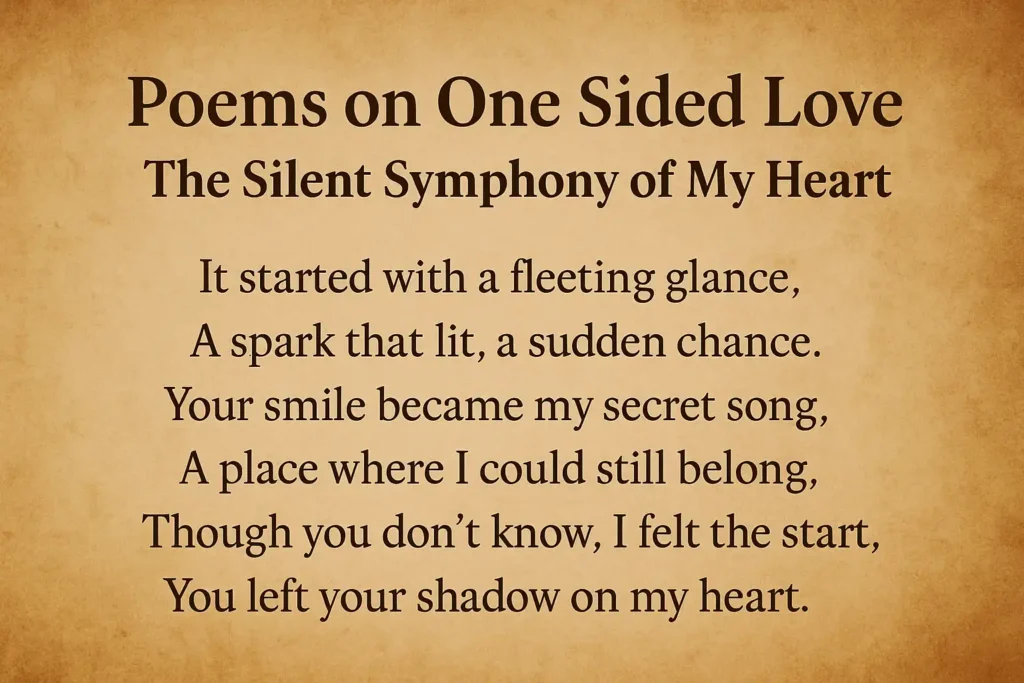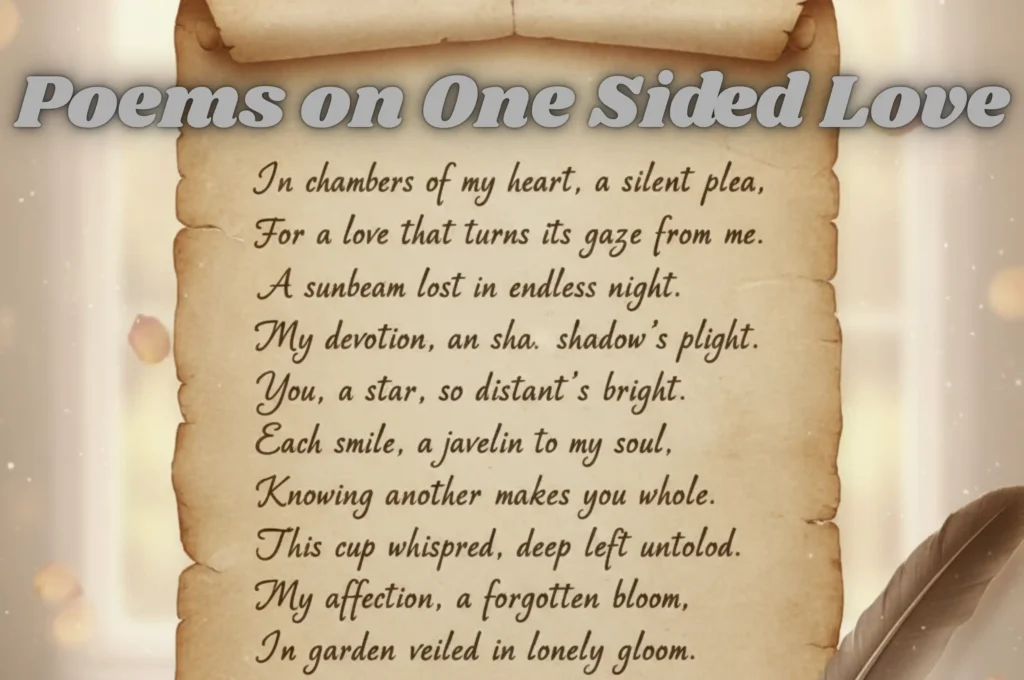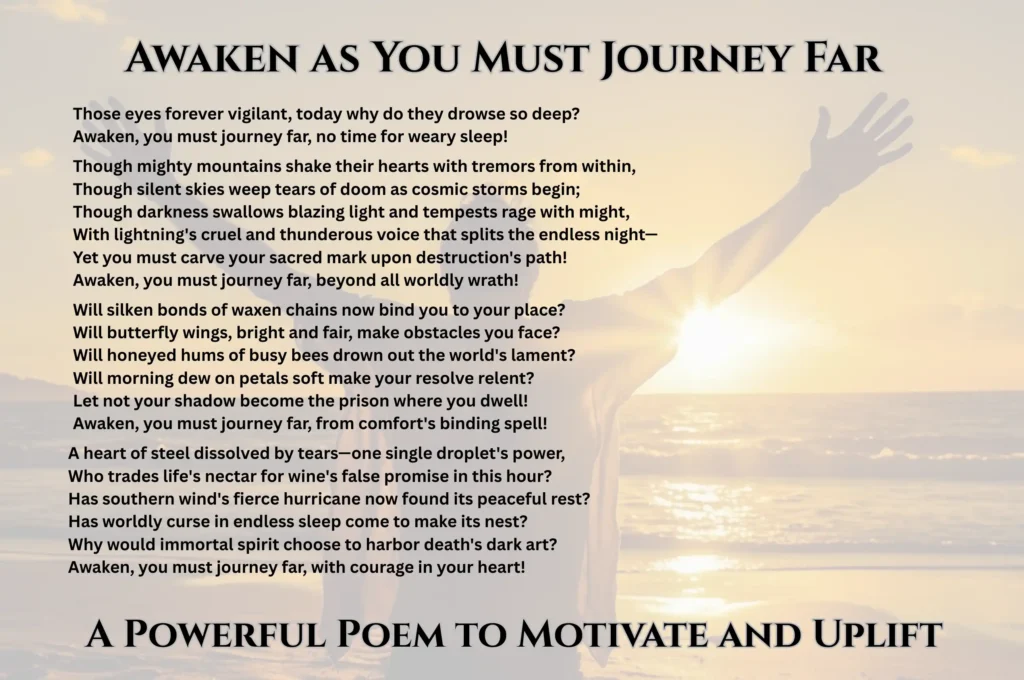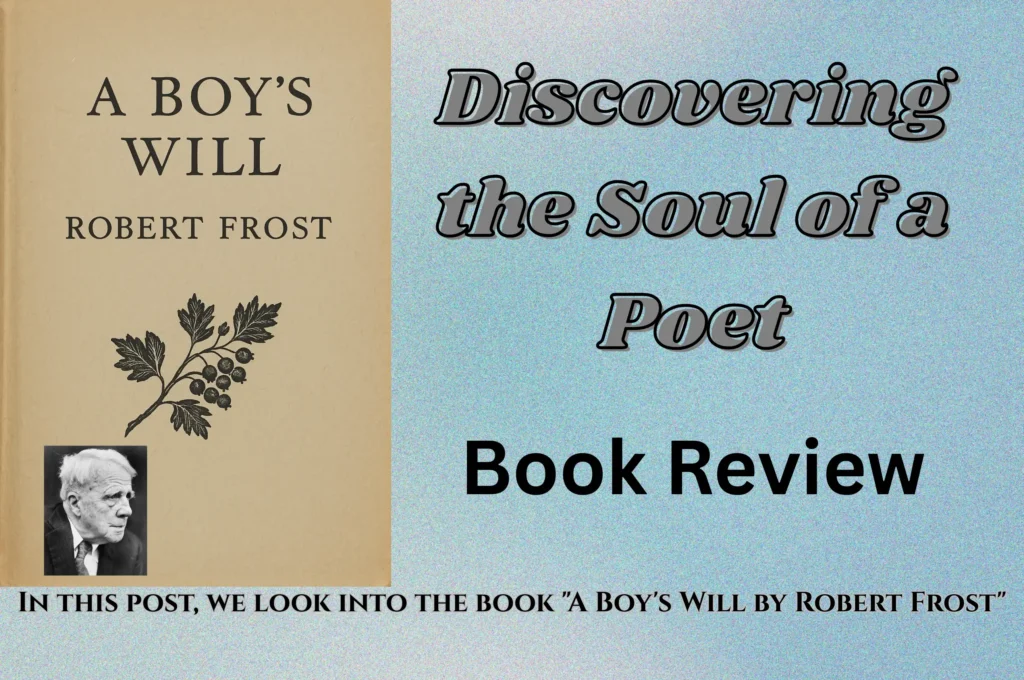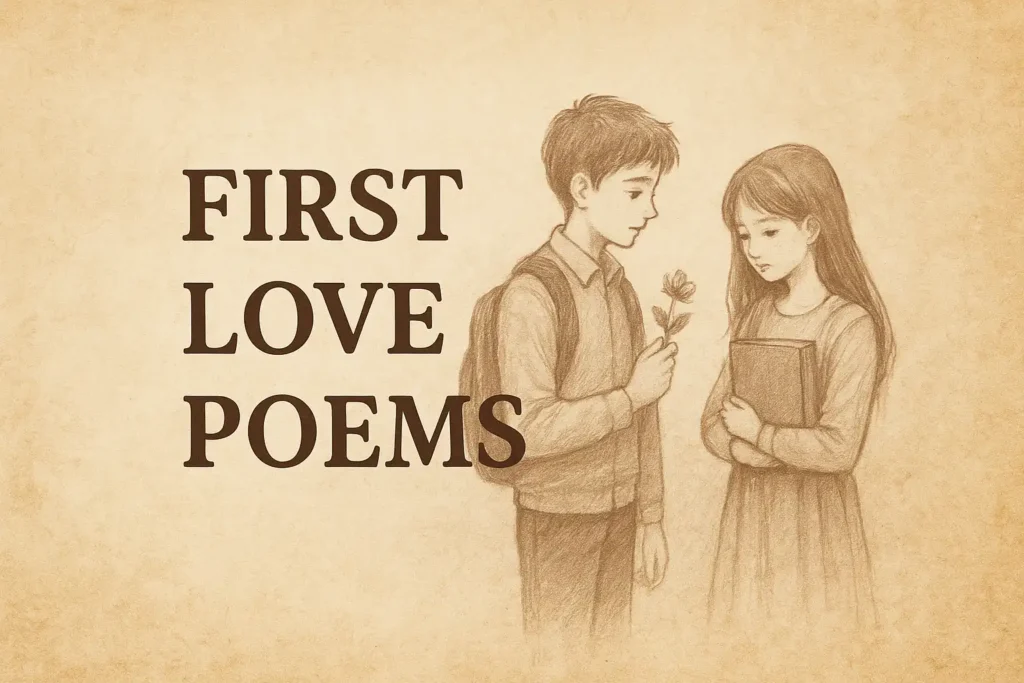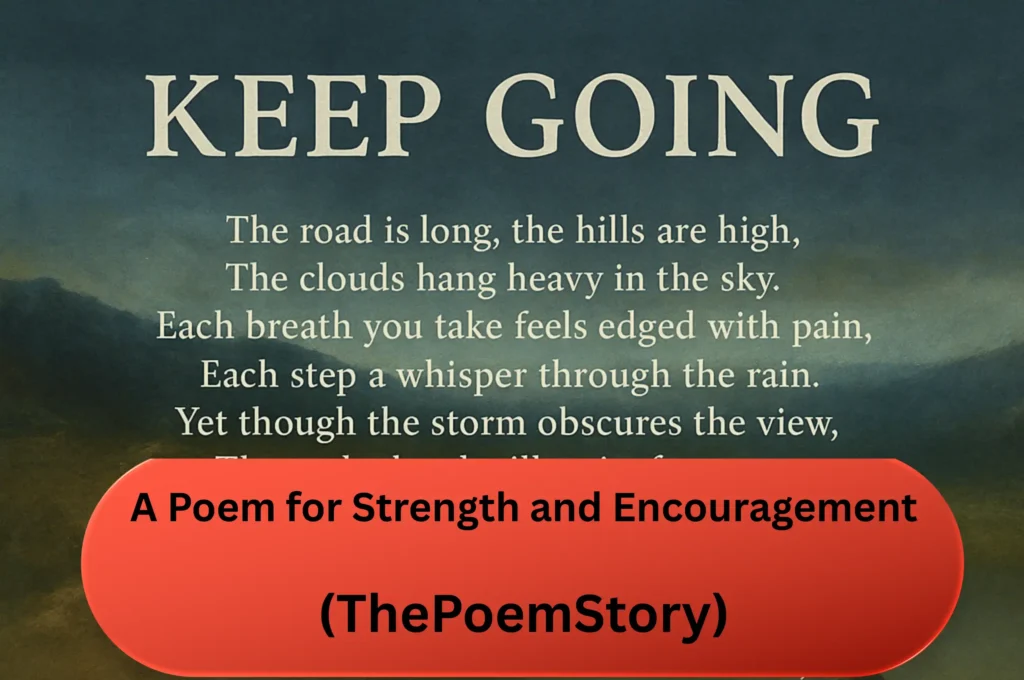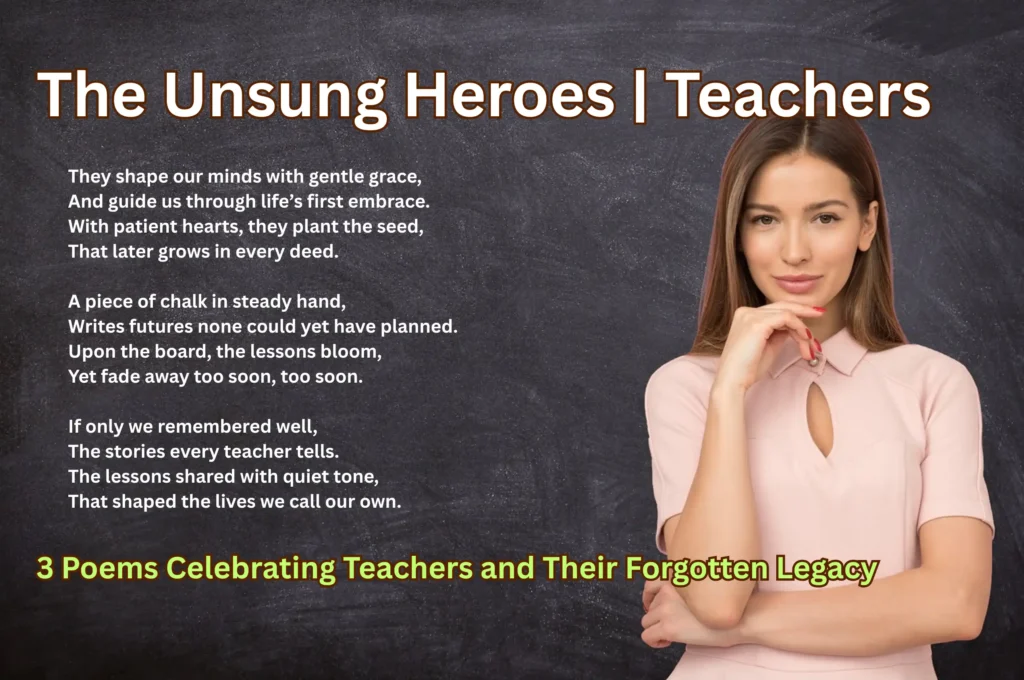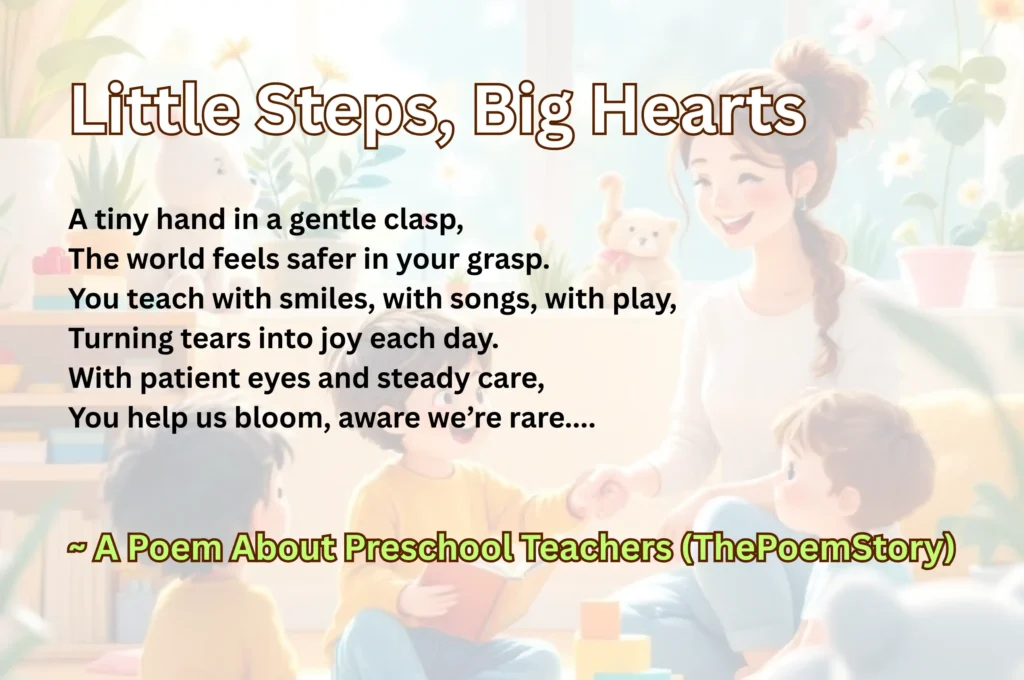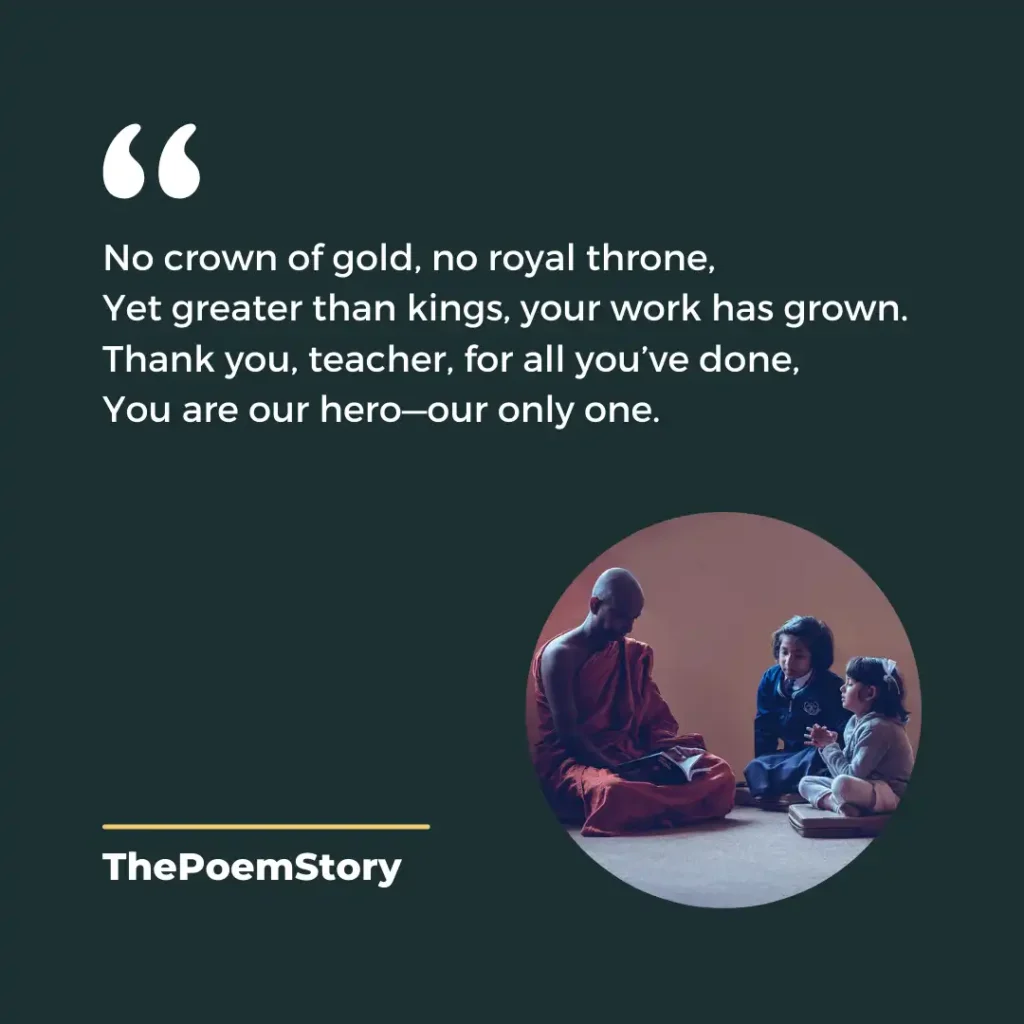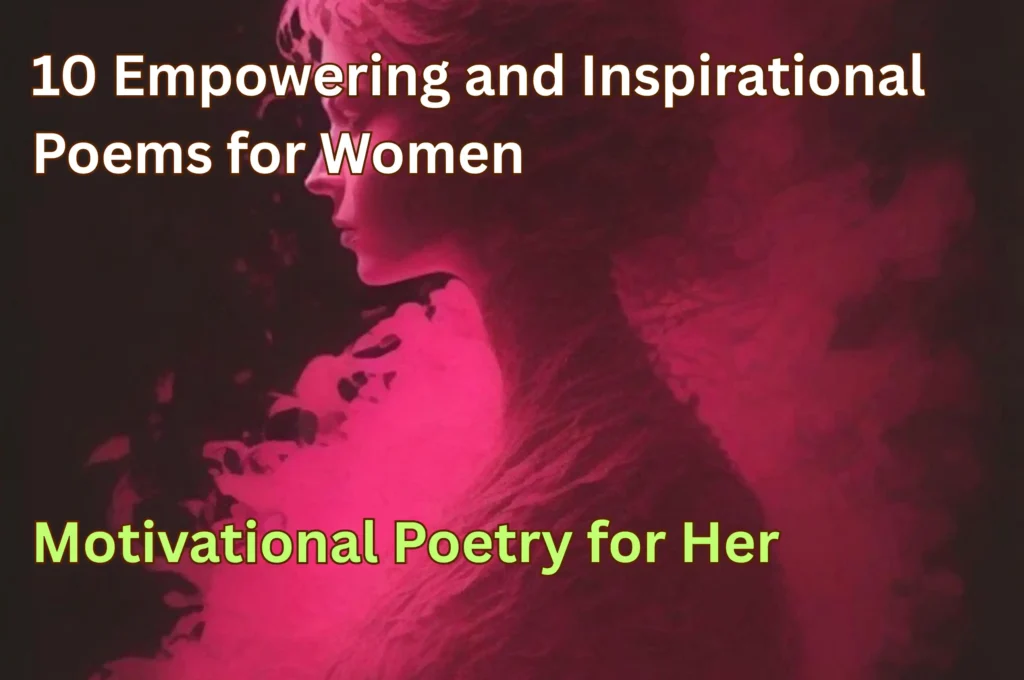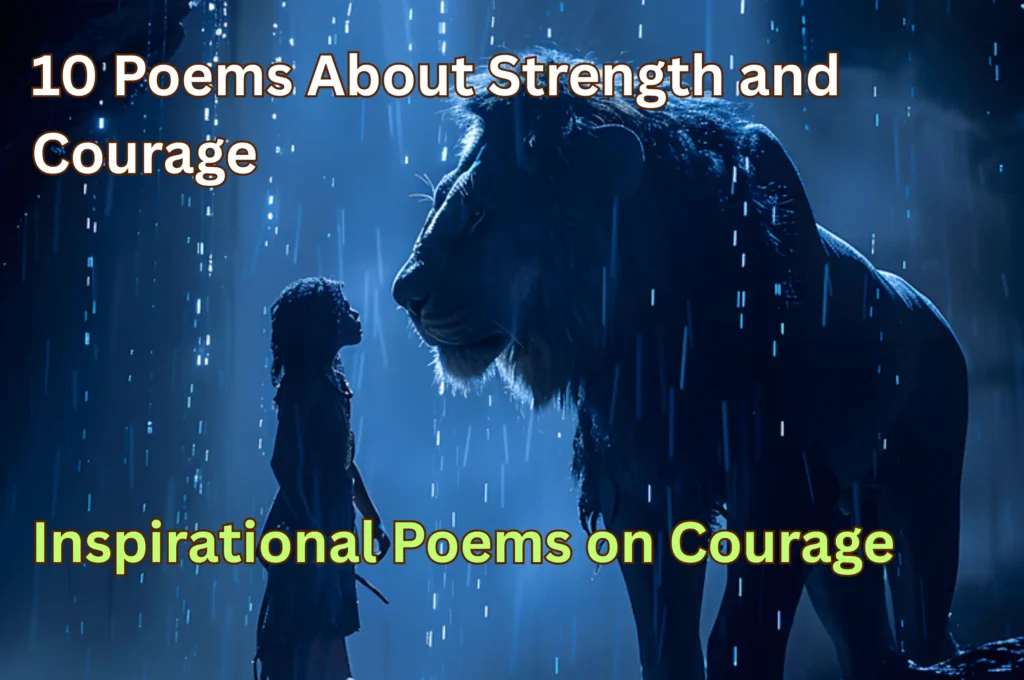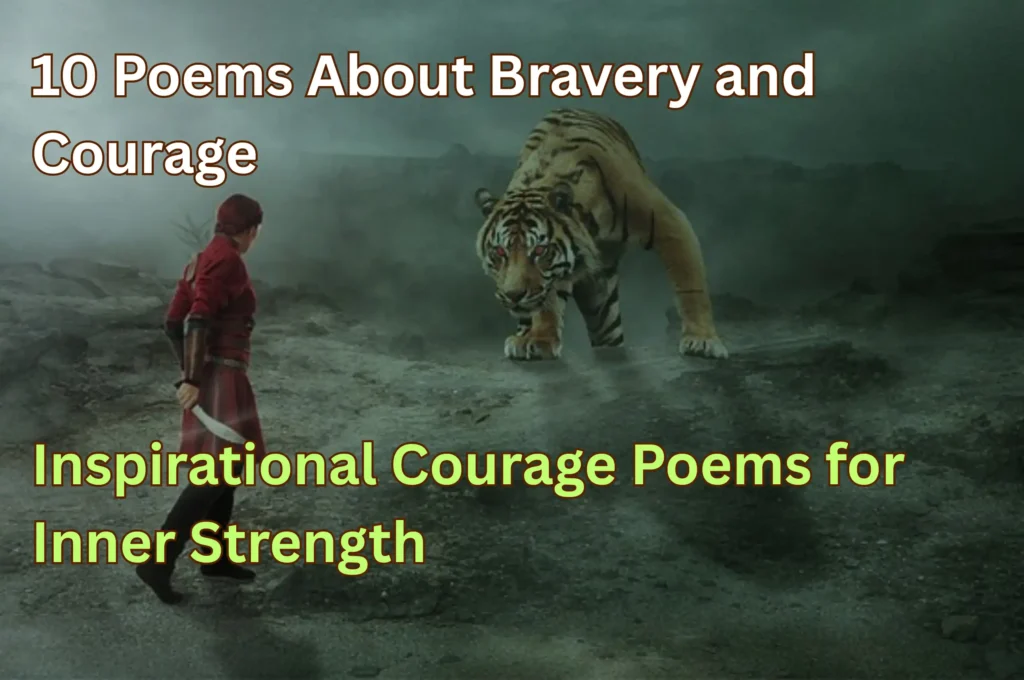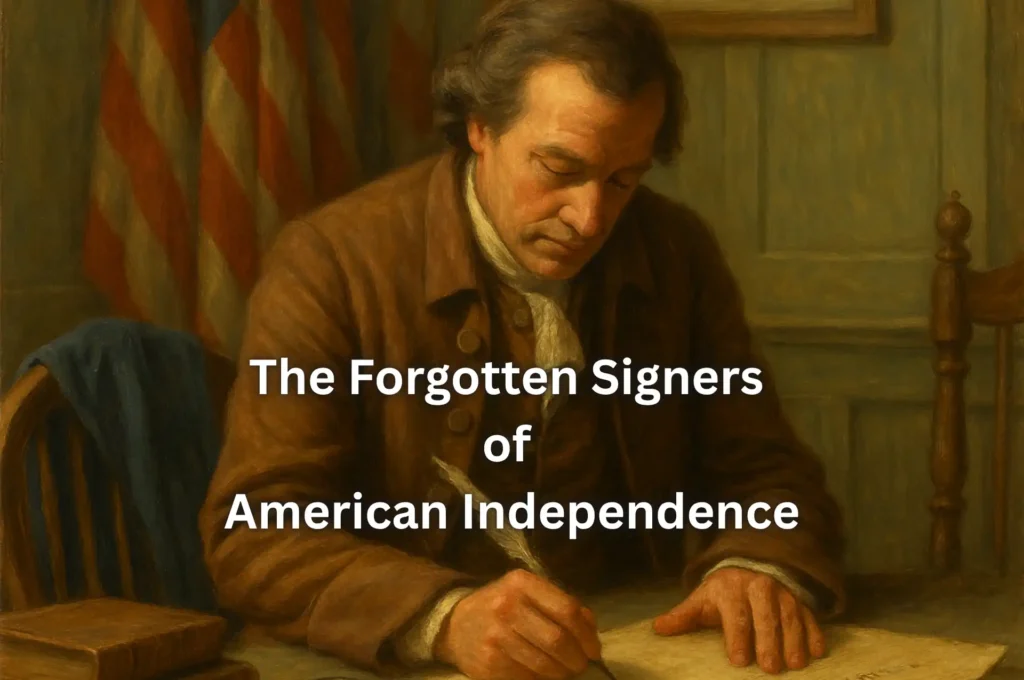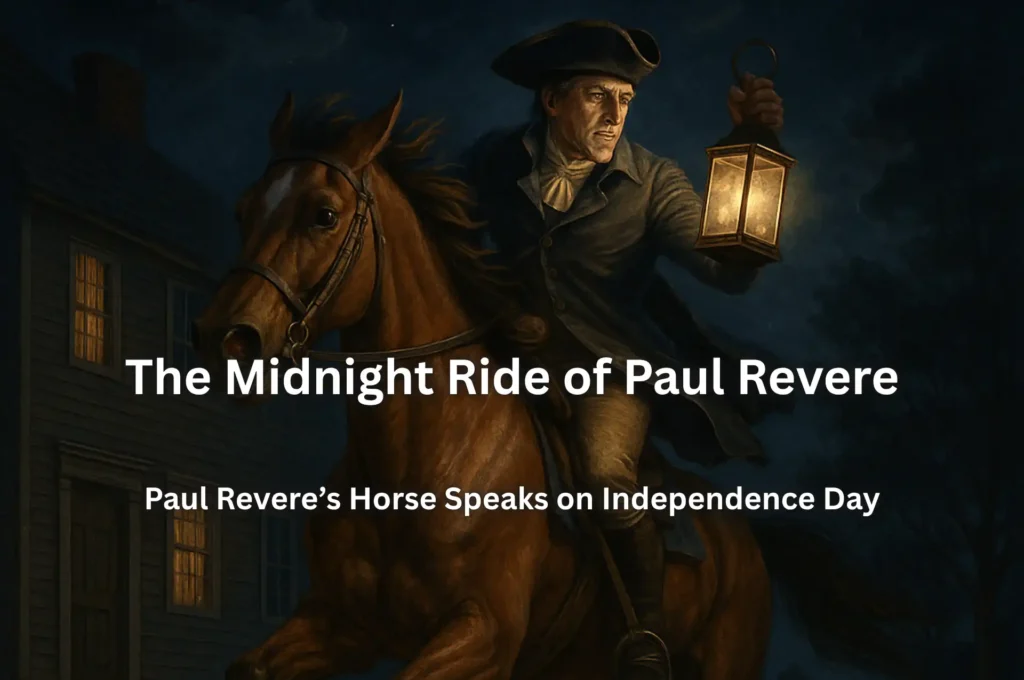“Baby’s Way Poem by Rabindranath Tagore is a tender and lyrical exploration of the experiences and discoveries of a baby as they navigate their early years. In the poem, Tagore paints a vivid picture of the baby’s world, highlighting their innocence, wonder, and curiosity about the things around them. The poem captures moments such as the baby’s first steps, their fascination with nature, and their joyful interactions with loved ones.
Through simple yet evocative language, Tagore beautifully portrays the enchanting journey of growth and discovery that defines the baby’s early life. “Baby’s Way” celebrates the magic of infancy and the beauty of the world through the eyes of a child, leaving readers with a sense of warmth and nostalgia.
BABY’S WAY Poem by Rabindranath Tagore | Baby’s way Poem | BABY’S WAY Poem Lyrics | BABY’S WAY Poem Summary | BABY’S WAY Poem Meaning
Table of Contents
BABY’S WAY Poem by Rabindranath Tagore
BABY’S WAY Poem Lyrics
If baby only wanted to, he could fly up to heaven this moment.
~ Rabindranath Tagore
It is not for nothing that he does not leave us.
He loves to rest his head on mother’s bosom, and cannot ever
bear to lose sight of her.
Baby know all manner of wise words, though few on earth can
understand their meaning.
It is not for nothing that he never wants to speak.
The one thing he wants is to learn mother’s words from
mother’s lips. That is why he looks so innocent.
Baby had a heap of gold and pearls, yet he came like a beggar
on to this earth.
It is not for nothing he came in such a disguise.
This dear little naked mendicant pretends to be utterly
helpless, so that he may beg for mother’s wealth of love.
Baby was so free from every tie in the land of the tiny
crescent moon.
It was not for nothing he gave up his freedom.
He knows that there is room for endless joy in mother’s little
corner of a heart, and it is sweeter far than liberty to be caught
and pressed in her dear arms.
Baby never knew how to cry. He dwelt in the land of perfect
bliss.
It is not for nothing he has chosen to shed tears.
Though with the smile of his dear face he draws mother’s
yearning heart to him, yet his little cries over tiny troubles
weave the double bond of pity and love.
BABY’S WAY Poem Meaning
Tagore begins by painting a vivid picture of the baby’s potential, suggesting that it possesses the innate ability to transcend the earthly realm and ascend to heaven. However, despite this lofty potential, the baby chooses to remain on earth, nestled in the comforting embrace of its mother. This choice reflects the profound bond between mother and child, as the baby finds solace, security, and love in the presence of its maternal figure.
The image of the baby resting its head on its mother’s bosom is particularly poignant, symbolizing the tender intimacy and closeness shared between them. It conveys a sense of trust, warmth, and affection, highlighting the deep emotional connection that binds them together.
Despite the baby’s inability to articulate its thoughts and feelings through words, Tagore suggests that it possesses a wisdom that transcends language. This wisdom is communicated through the baby’s actions, expressions, and interactions with its surroundings, reflecting a deep understanding of the world that defies its tender age.
The motif of the baby’s humility is also prevalent throughout the excerpt, as Tagore describes it as appearing like a “dear little naked mendicant” who pretends to be utterly helpless. This imagery underscores the baby’s deliberate choice to appear vulnerable, highlighting its profound longing for its mother’s love and affection.
Furthermore, Tagore contrasts the baby’s apparent helplessness with its true wealth, which lies not in material possessions but in the boundless love it receives from its mother. This juxtaposition emphasizes the intrinsic value of love and human connection, suggesting that these are the true treasures of life.
The poem also explores the theme of sacrifice, as the baby willingly relinquishes its freedom to experience the unparalleled joy found in its mother’s love. This sacrifice underscores the depth of the baby’s love and devotion, as it willingly surrenders itself to the embrace of its mother’s arms.
Finally, Tagore portrays the baby’s tears not as a sign of weakness, but as a testament to the strength of its bond with its mother. Even in moments of distress, the baby’s tears serve to deepen the connection between them, weaving a bond of love and empathy that transcends words.
In essence, this excerpt from “Baby’s Way” is a lyrical exploration of the profound love, intimacy, and sacrifice that define the sacred bond between mother and child. Through vivid imagery, emotive language, and poignant themes, Tagore captures the beauty and complexity of this timeless relationship, inviting readers to reflect on the power of love and human connection in shaping our lives.
BABY’S WAY Poem Summary
“Baby’s Way” by Rabindranath Tagore is a charming and insightful poem that offers a detailed exploration of the world through the eyes of a baby. The poem begins by describing the baby’s tender and delicate steps as they navigate their way through the world. Each step is portrayed as a moment of discovery, with the baby marveling at the sights and sounds around them.
As the poem progresses, Tagore delves into the baby’s interactions with nature, describing how they are drawn to the beauty of flowers and the gentle sway of leaves in the wind. Through these observations, Tagore emphasizes the baby’s innate connection with the natural world and their sense of wonder at its mysteries.
Additionally, the poem highlights the baby’s joyful interactions with loved ones, including their playful laughter and the warmth of their embraces. These moments of love and affection form a central theme in the poem, underscoring the importance of human connection in the baby’s early development.
Throughout “Baby’s Way,” Tagore employs vivid imagery and evocative language to capture the essence of infancy and early childhood. The poem serves as a celebration of the innocence, curiosity, and boundless potential inherent in every baby, offering readers a poignant glimpse into the magic of this formative stage of life.

